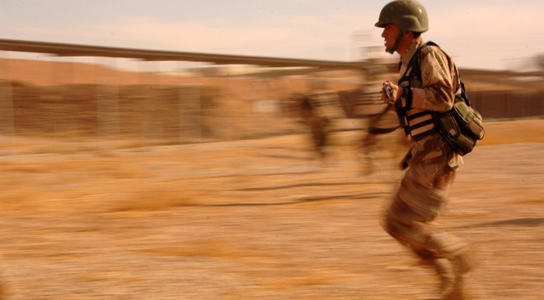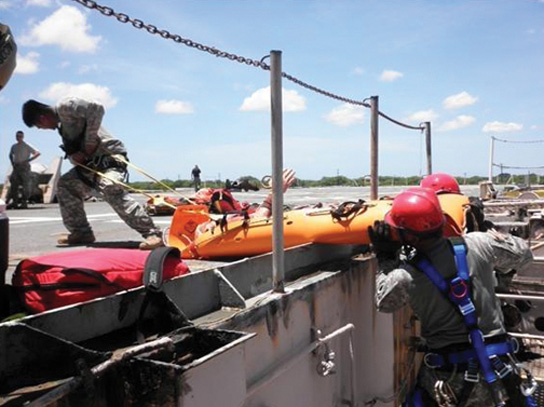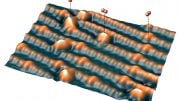
In combat, soldiers’ reactions can be lethal, with split-second decisions under stress profoundly impacting the entire theater.
It’s a biological imperative how organisms respond to threats, and humans are no exception. Humans respond to threats, perceived or real, in an instinctual way, but the exact neuroscience behind these reactions is still somewhat of a mystery.
DARPA, the Pentagon’s advanced research division, has just awarded a $300,000 grant to Alaa Ahmed, an integrative physiologist, in order to change and improve those reactions. This could lead to the development of new weapons, weapons that could trigger this response in enemies in the theater of battle.

Humans seem irrational in their movement decision response, which suggests that risk is influencing those decisions. There’s no confirmed link between threat and movement, but one way is to compare how risk-seekers and the risk-averse react physically to a threatening situation.
In the theater of battle, soldiers could overact or underreact during combat, which could have lethal repercussions. Split-second decisions under stress can have profound and significant consequences on the entire theater. Ahmed is going to test the theory that threat and movement are linked somehow.
The goal is to understand the decision-making process and improve the mental and physical performance of troops. While the use of neuroscience in the theater of battle remains speculative, once the mechanics are properly understood, they can be manipulated and perhaps weaponized.








Be the first to comment on "The Neuroscience of Threat Response"